Raaga Based Song of the Day: Prem jogan ban ke…
Raag Sohani, Tal Dipchandi
(by Ustad Bade Ghulam Ali Khan)
We have completed forty-one days of Raaga Based Songs of the Day. Our first post in the series was titled ‘Raaga Based Song Of The Day #1’ and the song was a Mohammad Rafi and Lata Mangeshkar song from the 1970 Shakti Samanta movie Pagla Kahin Ka: Tum mujhe youn bhula na paoge. It is in Raag Jhinjhoti, Tal Kaherava.
Our forty-first post was titled ‘Raaga Based Song Of The Day #41’ and the song was a Shobha Gurtu Thumri that she sang for 1991 Nana Patekar movie Prahaar: Yaad piya ki aaye. It is in Raag Bhinna Shadja, Tal Kaherava.
This blog has a number of posts on Raaga based songs in Hindi movies titled similarly; for example: ‘The Best Raaga Based Songs in Hindi Movies – Raaga Jhinjhoti – Part II‘.
In the last forty-one days of sharing Raaga based songs of the day, I have given you songs based on Raag Jhinjhoti, Gara, Bhimpalasi, Madhuvanti, Shivaranjani, Bihag, Pahadi, Sarang, Pilu, Bhairavi, Khammaj, Charukesi, Kalyan or Yaman, Desh, Malgunji, Kirwani, Kedar, Bageshri, Megh Malhar, Bhupali, Ahir Bhairav, Malkaush, Adana, Kafi, Rageshri, Jaunpuri, Tilang, Janasammohini, Chayanat, Shuddha Kalyan, Gaur Sarang, Jogiya, Asavari, Maru Bihag, Durga, Lalit, Puria Dhanashri and Bhinna Sahdja. The only raag that has been repeated so far is Pahadi, the raaga of my home place.
Today, I give you a song in Raag Sohani, Tal Dipchandi.
However, first, lets take up the value added learning of today. Today, we shall learn about Chaiti:
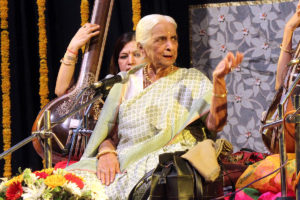
Chaiti is another semi classical genre of Hindustani music. You would recall that at a fairly early stage in the present series I had told you that Indian raagas are season and time of the day specific. Chaiti is to be sung in the Hindu month of Chait, roughly corresponding to March and April. This is exactly the time of Ram Navmi. Chaiti songs are, therefore, devoted to Lord Rama. You would normally have Ho Rama or Are Rama as the two words often found in Chaiti. Chaiti is traditionally sung in the villages and towns of Uttar Pradesh: around Banaras, Mirzapur, Mathura, Allahabad and the Bhojpur regions of Bihar. The language of Chaiti is Poorvi or Purbi spoken in Eastern Uttar Pradesh and in parts of Bihar. Smt Girija Devi, recipient of Padma Shri, Padma Bhushan, and Padma Vibushan, is the most popular singer of Chaiti in India.
If you recall, I had given you Girija Devi‘s name as one of the noted exponents of Kajari too.
As I mentioned, today’s song is composed in Raag Sohani, Tal Dipchandi.
Sohani, also known as Sohni and Sohini, is a raaga that belongs to Marwa Thaat. Its Jati is Audhav – Shadav, ie, five notes in Aaroha and six in Avroha. The time for performing this raaga is in the wee hours of the morning pr last prahar of the night, that is, from 3 to 6 AM. In the Marwa thaat, Sohani is similar to Marwa and Puria raagas. In the Poorvi thaat, it is similar to Basant.
In the wee hours of the morning, you would find the atmosphere of dew. Hence, the mood of the raaga is the moist atmosphere that prevails in a tranquil and silent night.
Some of the other songs composed in Raag Sohani are:
| 1. 2. 3. 4. 5. 6. 7. 8. 9. 10. 11. |
Prem Jogan Ban Ke Jhoomti Chali Hawa Kuhu Kuhu Bole Jeevan Jyot Jale Saawan Ban Gaye Nain Muft Hue Badnaam Jhoote Zamane Bhar Ke Bedardi Nazarein Mila Ke Sajan Tori Preet Naina Hai Jadoo Bhare Payal Chham Chham |
Mughal-E-Azam Sangeet Samrat Tansen Suvarna Sundari Grihasthi Karorpati Baraat Musafir Khana Aji Bas Shukriya Sagai Bedard Zamana Kya Jaane Basant |
Bade Ghulam Ali Khan Mukesh Lata, Rafi Asha Asha Mukesh Nirmala Devi, Rafi Lata Asha Mukesh Asha |
About Dipchandi Tal, I told you on the 35th day, ie, in ‘Raaga Based Song Of The Day #35‘.
Yesterday, I had given you a Thumri by Shobha Gurtu in Raag Bhinna Shadja: Yaad piya ki aaye. I had mentioned that the song sung by Shobha Gurtu in Nana patekar movie Prahaar was penned by Ustad Bade Ghulam Ali Khan after his wife died in 1932.
It is, therefore, natural that today I should give you a song by the maestro himself who was a great influence on Shobha Gurtu.
Bade Ghulam Ali Khan was born on 02 April 1902 in Kasur, Punjab (now in Pakistan). At the age of five, Ustad Bade Ghulam Khan sahib started learning vocal music from his paternal uncle Ustad Kale Khan sahib, and later from his father Ustad Ali Baksh Khan sahib of Kasur Gharana. Bade Ghulam Ali Khan was the pillar of the Kasur Patiala Gharana, which was an amalgamation of all that he learnt from his father and uncles.
I mentioned to you yesterday that after the partition of India in 1947, Ustad Bade Ghulam Ali Khan went to his hometown Kasur in Pakistan, but returned to India later to reside permanently there in 1957, with the help of Bombay chief minister Morarji Desai, he acquired Indian citizenship and moved to a bungalow at Malabar Hill in Mumbai.
After the death of Ustad Bade Ghulam Ali Khan on 25 Apr 1968 at Basheerbagh Palace in Hyderabad, his legacy was carried by his younger son Ustad Munawar Ali Khan and after ustad Munawar Ali Khan’s death his four grandsons Ustad Mazhar Ali Khan, Ustad Jawaad Ali Khan, Ustad Raza Ali Khan and Naqqi Ali Khan.
Yesterday, if you recall, I told you that Bade Ghulam Ali Khan was wary of singing for the films and K Asif wanted him badly for his 1960 movie Mughal-e-Azam. So when K Asif approached him, in order to deter him he asked for Rupees 25000 per song (Lata and Mohammad Rafi were getting Rupees 500 per song at that time). To his surprise, K Asif agreed. If you recall, in K Asif’s movie Mughal-e-Azam, Ustad Bade Ghulam Ali Khan sang two songs based on Raag Sohni and Rageshri: Prem jogan ban ke and Shubh din aayo raj dulara. One of these I am giving you today.
The song was penned by my favourite lyricist Shakeel Badayuni and composed by Naushad Ali.
Please enjoy Ustad Bade Ghulam Ali Khan sing in Raag Sohani, Tal Dipchandi: Prem jogan ban ke…….
Prem jogan banke sundar piya or chale
prem gagan banke
prem jogan banke sundar piya or chale
prem gagan banke
jogan he jo jogan banke
Prem jogan banke, aa aa jogan banke
prem jogan banke
hai sajan ko jo main mile, he nain mile
te nain mile chain mile, sajan sajan mile
tumne bhi man ki pyas bujhe
prem jogan ban gayi, prem jogan
Me pi sang sari rain
bhigan sagri rain gujari, rain gujar
prem jogan banke sundar piya or chale
prem jogan banke, prem jogan banke
We have intended to learn about Raaga based music whilst we entertain ourselves with Raaga based songs. So, lets, once again, take stock of our collective learning so far:
- On the first day we learnt about the Raaga system devised by Pandit Vishnu Narayan Bhatkhande, which is the prevalent system in Hindustani Classical Music and based on ten Thaats.
- On the second day we learnt about Tal or Taal.
- On the third day we learnt about characteristics of Raagas that included Swar, Jati, Thaat, Arohana and Avarohana, Vadi, Samvadi and Pakad.
- On the fourth day, we learnt about Sargam.
- On the fifth day, we learnt about notations used in Indian classical music or simply Swar Lipi.
- On the sixth day, we learnt about the Ras (sentiments) that Raagas evoke.
- On the seventh day, we learnt about various types of Swar: Shuddha, Achal, Vikrut, Komal and Teevra.
- On the eighth day, we learnt the parts of a composition in Indian Classical Music.
- On the ninth day, we learnt the names of some of the popular instruments used in Indian Classical Music.
- On the tenth day, we learnt about the sources of names of Raagas.
- On the eleventh day, we learnt about why Bhairavi is the first raag to be taught to beginners and also why it is the last in a performance.
- On the twelfth day, we learnt about Khammaj Thaat.
- On the thirteenth day, we learnt about Tal Punjabi Theka or Sitarkhani.
- On the fourteenth day, we learnt about Alap.
- On the fifteenth day, we learnt about List of Raagas (Raagmala) in my favourite book: Sri Guru Granth Sahib.
- On the sixteenth day, we learnt about tips for raaga identification.
- On the seventeenth day, we learnt the basics of Gharana system.
- On the eighteenth day, we learnt about Filmi Sangeet.
- On the nineteenth day, we learnt about the commonest Tal in Raagas: Tintal.
- On the twentieth day, we learnt about the Kafi Thaat.
- On the twenty-first day, we learnt a little more in detail about the classification of Raagas.
- On the twenty-second day, we learnt the essential differences between Bhairavi and Bhairav.
- On the twenty-third day, we learnt a little more in detail about the Jati or Jaati of a raaga.
- On the twenty-fourth day, we learnt details of Thaat Bilawal, the most basic thaat in the Bhatkhande’s system of raagas.
- On the twenty-fifth day, we learnt about Tintal.
- On the twenty-sixth day, we learnt in detail about the Raaga – Samay linkage.
- On the twenty-seventh day, we learnt about Lehar.
- On the twenty-eighth day, we learnt about the history of the Hindustani Music.
- On the twenty-ninth day, we learnt about Dhrupad.
- On the thirtieth day, we learnt about Rupaktal that I was introduced to, a few months back, by my friend Anand Desai.
- On the thirty-first day, we learnt about Khayal.
- On the thirty-second day, we learnt about Thumri.
- On the thirty-third day, we learnt about Tappa.
- On the thirty-fourth day, we learnt about Tarana.
- On the thirty-fifth day, we learnt about Tal Dipchandi (Moghali).
- On the thirty-sixth day, we learnt about Tabla.
- On the thirty-seventh day, we learnt about Kirtan.
- On the thirty-eighth day, we learnt about Pakhawaj.
- On the thirty-ninth day, we learnt about Hori.
- On the fortieth day, we learnt about Dadra.
- On the forty-first day, we learnt about Kajri.
- And today, on the forty-second day, we learnt about Chaiti.
There is much more still to be learnt and enjoyed.
Please stay tuned!
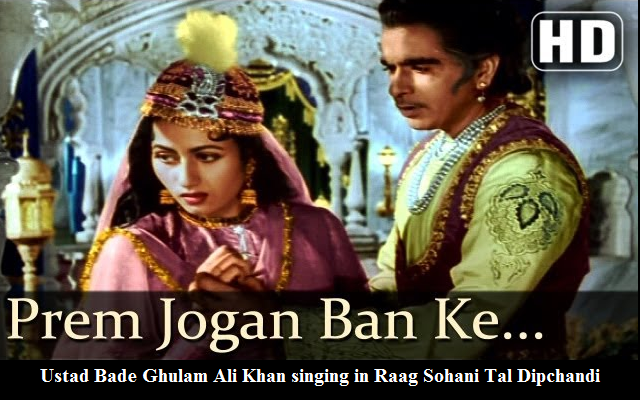
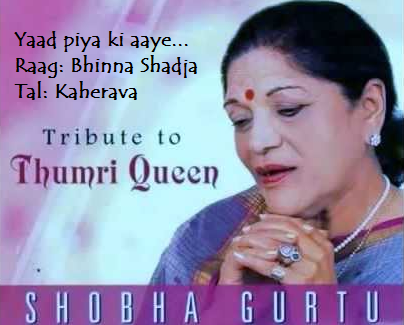
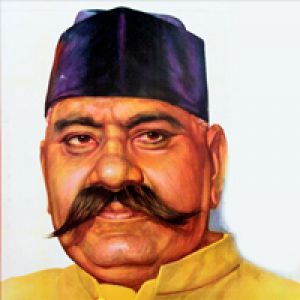
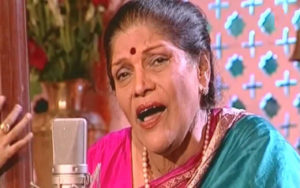
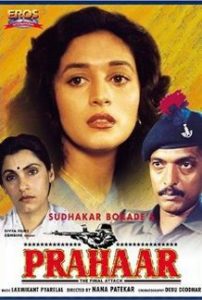 Please enjoy Shobha Gurtu sing a Thumri in Raag Bhinna Shadja, Tal Kaherava: Yaad piya ki aaye……. (The song was penned by Ustad Bade Ghulam Ali Khan at the passing away of his wife in 1932) (She sang it also for the movie Prahar, as a composition of Laxmikant Pyarelal)
Please enjoy Shobha Gurtu sing a Thumri in Raag Bhinna Shadja, Tal Kaherava: Yaad piya ki aaye……. (The song was penned by Ustad Bade Ghulam Ali Khan at the passing away of his wife in 1932) (She sang it also for the movie Prahar, as a composition of Laxmikant Pyarelal)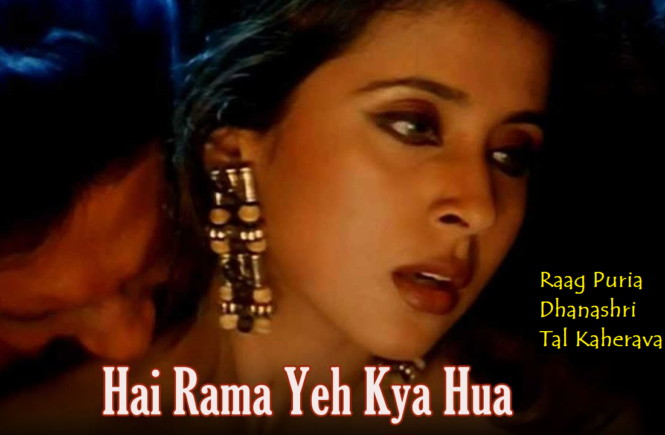
 I have taken today’s song from the
I have taken today’s song from the 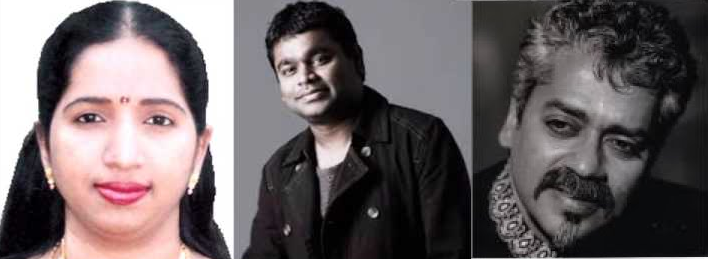
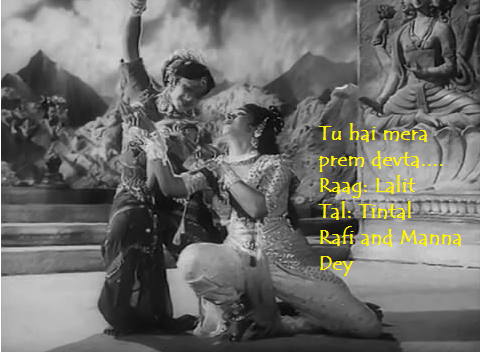
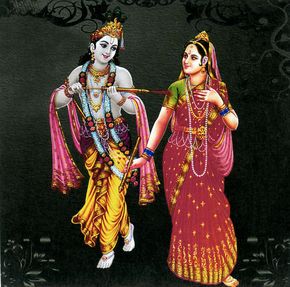 Hori
Hori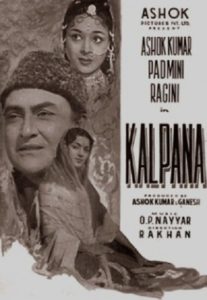 I have taken today’s song from the
I have taken today’s song from the 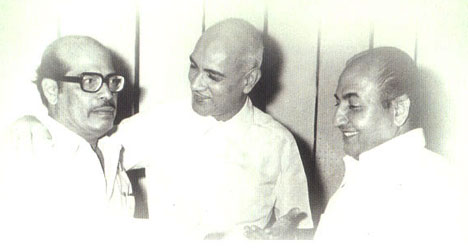
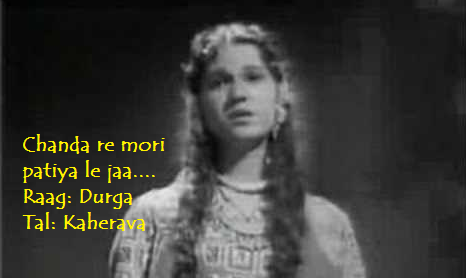
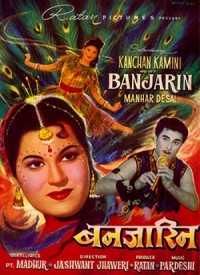
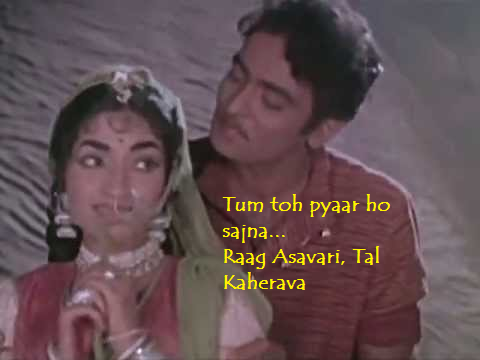
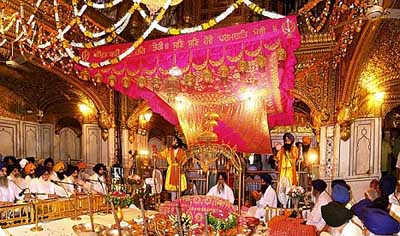
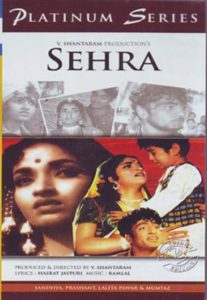
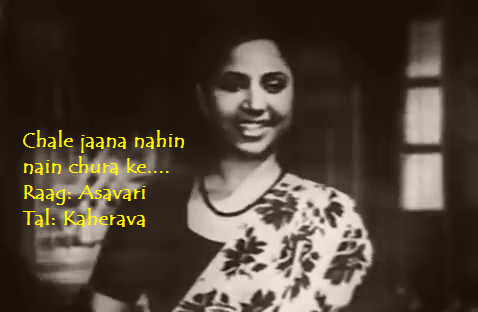
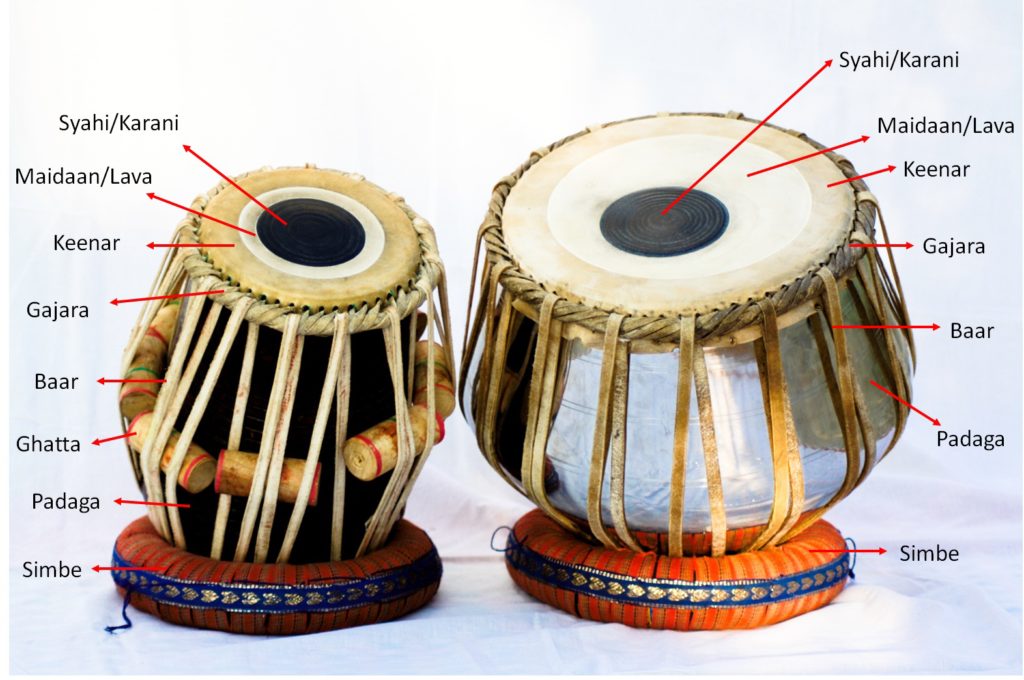
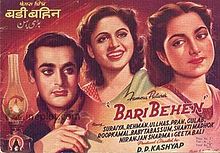 I have taken today’s song from the
I have taken today’s song from the 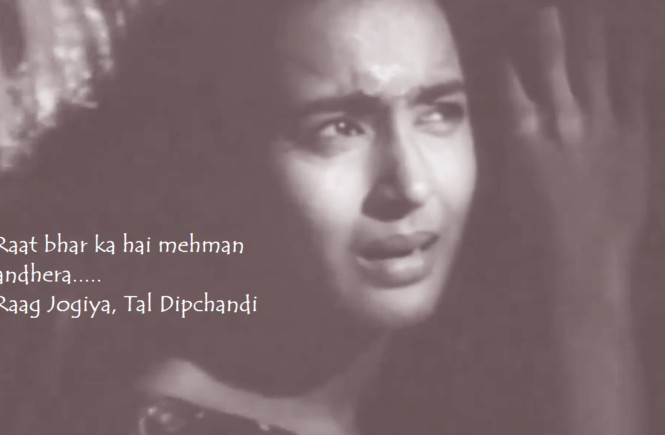

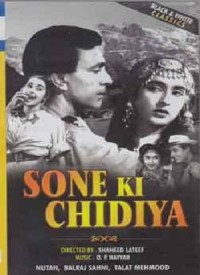 I have taken today’s song from the
I have taken today’s song from the 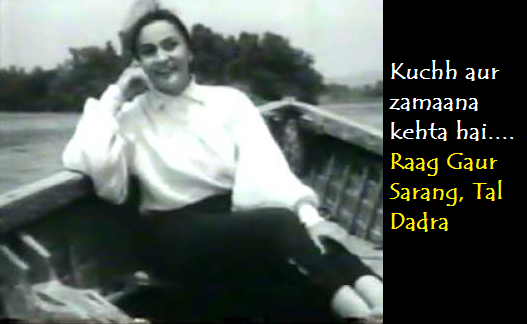
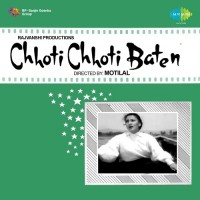 I have taken today’s song from the
I have taken today’s song from the 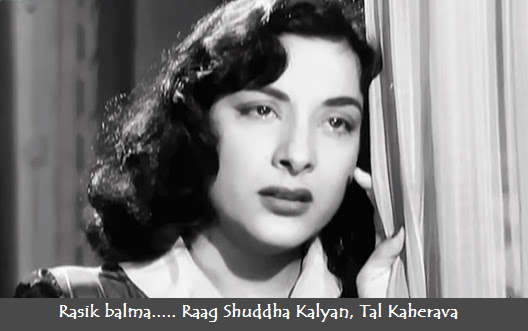
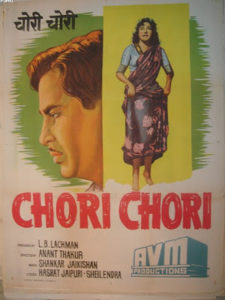
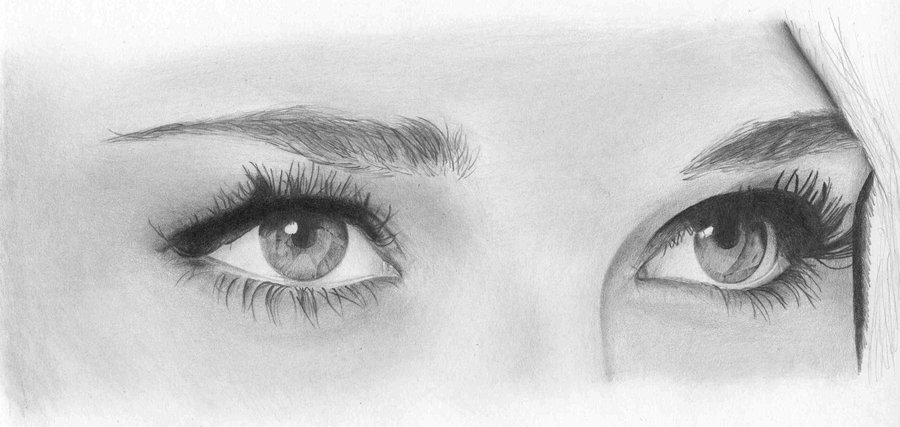
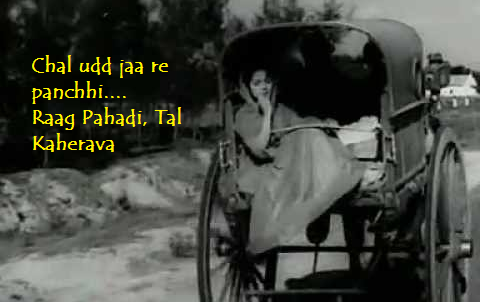
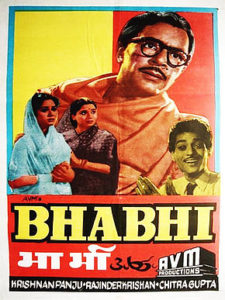
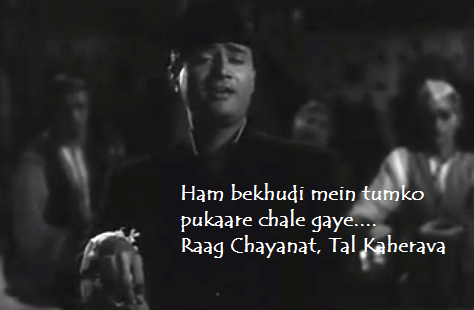
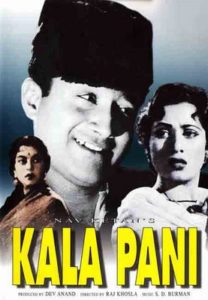 I have taken the song from
I have taken the song from 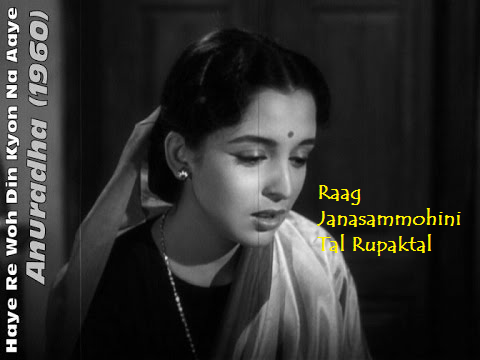

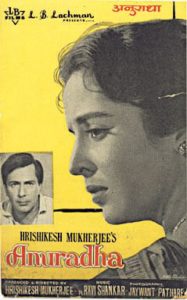
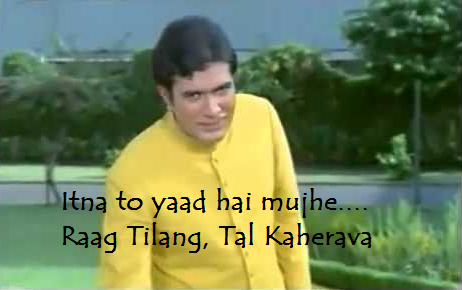
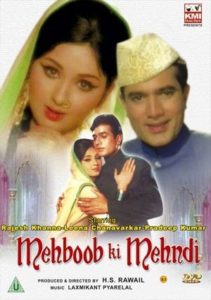 I have taken the song from the
I have taken the song from the